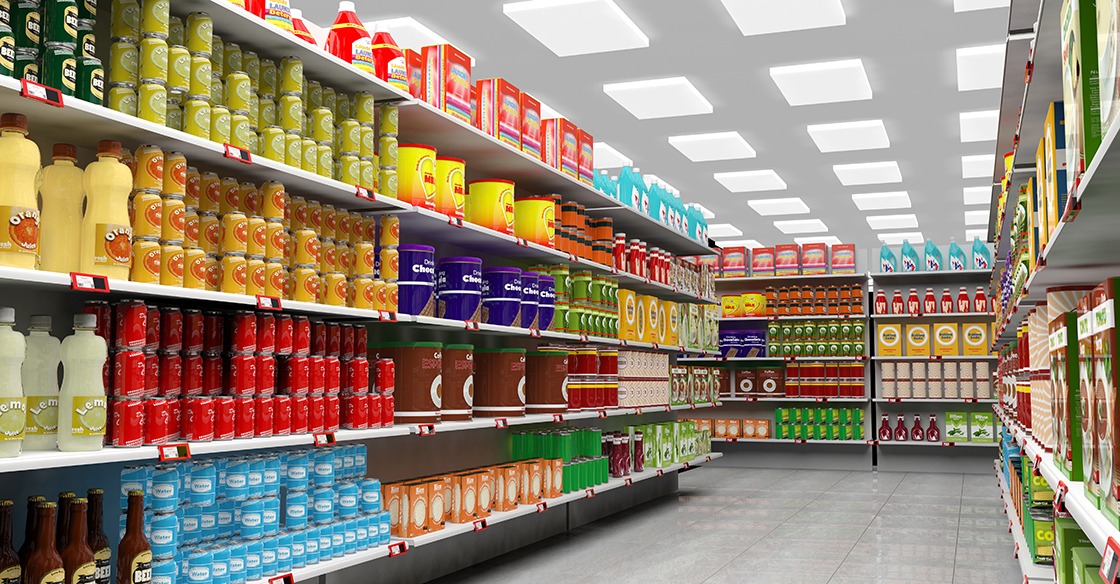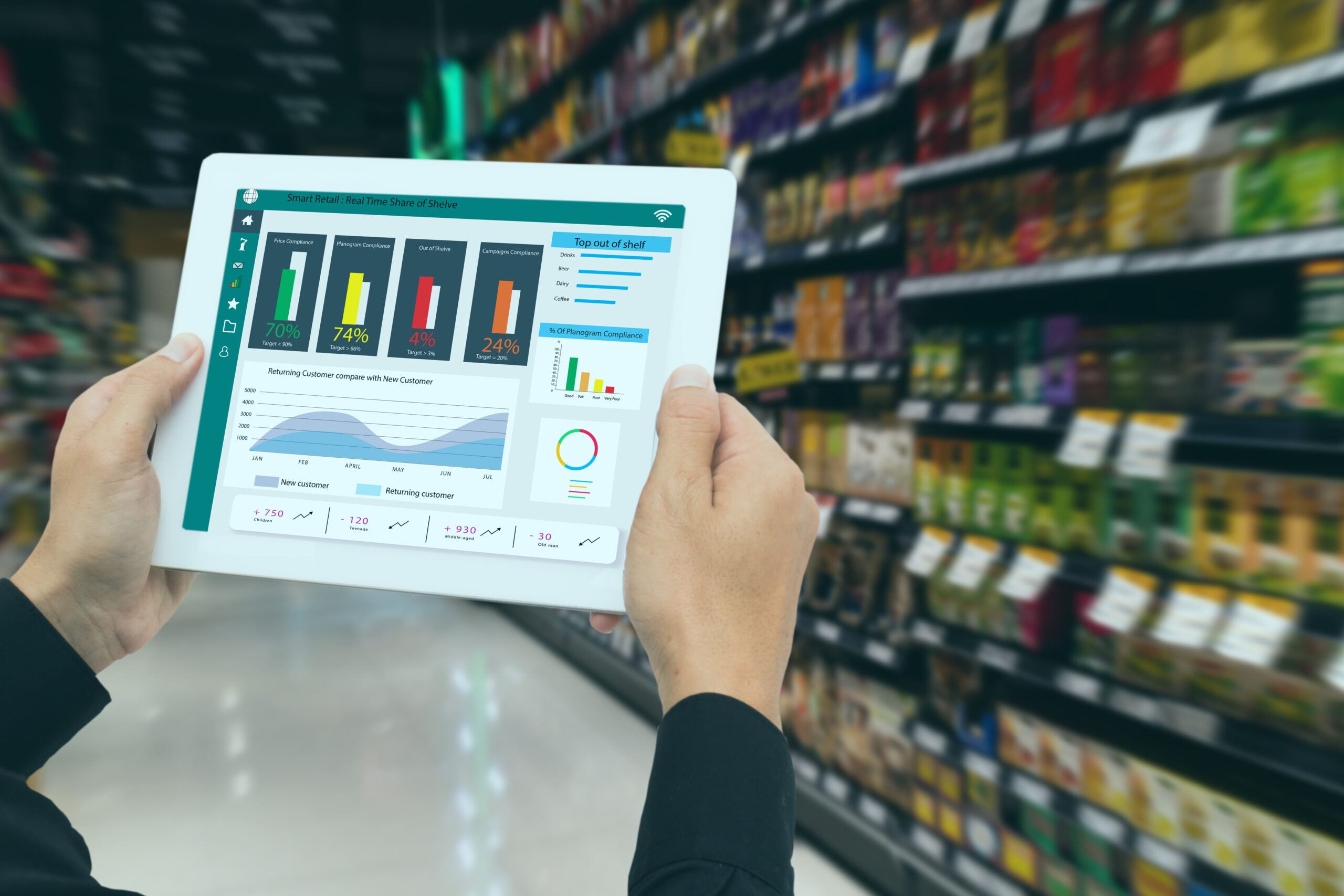Which of the Following Regarding Planograms Is True: An In-Depth Analysis
Planograms are an essential tool used in retail merchandising to optimize product placement and enhance the shopping experience. In this article, we will explore the concept of planograms and shed light on the question, "Which of the following regarding planograms is true?" Through a detailed analysis of planograms and their benefits, we will uncover the truth behind this question and provide valuable insights into their significance in the retail industry.
I. Introduction to Planograms:
Planograms, also known as plan-o-grams or POGs, are visual representations or diagrams that illustrate the arrangement and positioning of products within a retail space. These plans serve as a guide for store associates, enabling them to stock and organize products effectively.

Planograms
II. Purpose and Benefits of Planograms:
Planograms serve several crucial purposes and offer numerous benefits to retailers. Let's delve into a few key advantages:
1. Maximizing Shelf Space: By strategically arranging products on shelves, planograms help retailers make the most of their available space, ensuring efficient utilization and reducing clutter.
2. Enhancing Customer Experience: Well-designed planograms improve the overall shopping experience for customers. They enable easy navigation, facilitate product discovery, and create an aesthetically pleasing store layout.

Enhancing Customer Experience
3. Boosting Sales and Profitability: Planograms are instrumental in driving sales by promoting cross-selling, up-selling, and impulse purchases. By placing complementary items together or highlighting promotional products, retailers can increase revenue and profitability.
4. Inventory Management: Planograms assist in inventory control by ensuring optimal stock levels and preventing out-of-stock situations. They provide insights into product performance, allowing retailers to make informed decisions about restocking and assortment planning.
5. Consistency Across Locations: For retailers with multiple stores, planograms ensure consistency in product placement, branding, and overall store layout. This uniformity helps strengthen the brand image and enhances customer loyalty.
III. Flexibility and Customization:
Planograms offer a high degree of flexibility, enabling retailers to tailor their displays to specific needs. Whether it's seasonal promotions, product launches, or localized preferences, planograms can be adjusted accordingly to accommodate various factors that influence consumer behavior.
IV. Data-Driven Approach:
Modern planogram software and tools utilize advanced analytics and data-driven insights. Retailers can leverage sales data, customer demographics, and market trends to optimize their planograms effectively. This approach helps retailers make informed decisions and adapt their strategies to changing market conditions.

Modern planogram software and tools
V. Planograms and Space Allocation:
Planograms play a crucial role in determining the allocation of shelf space for different products. By considering factors such as product popularity, sales volume, and profit margins, retailers can allocate prime shelf real estate to high-priority items, thereby maximizing their sales potential.
VI. Compliance and Planogram Execution:
Successful planogram implementation requires consistent execution across all stores. Compliance monitoring ensures that the intended planogram is correctly implemented, ensuring a cohesive shopping experience across different locations.
VII. Technology and Automation:
Advancements in technology have revolutionized the planogramming process. Planogram software and tools automate various aspects, such as product placement, measurements, and even virtual store simulations. These tools simplify the creation and maintenance of planograms, saving time and effort for retailers.
VIII. Conclusion:
In conclusion, planograms are an invaluable asset to retailers aiming to optimize their merchandising strategies. From maximizing shelf space to improving the customer experience and driving sales, planograms offer numerous benefits.
By leveraging data-driven insights, customization options, and technological advancements, retailers can effectively utilize planograms to enhance their store layouts, boost profitability, and stay ahead in the competitive retail landscape.
n response to the question, "Which of the following regarding planograms is true?" the true statement would be that planograms serve multiple purposes and offer significant benefits to retailers in terms of optimizing product placement, enhancing the customer experience, boosting sales, and streamlining inventory management.